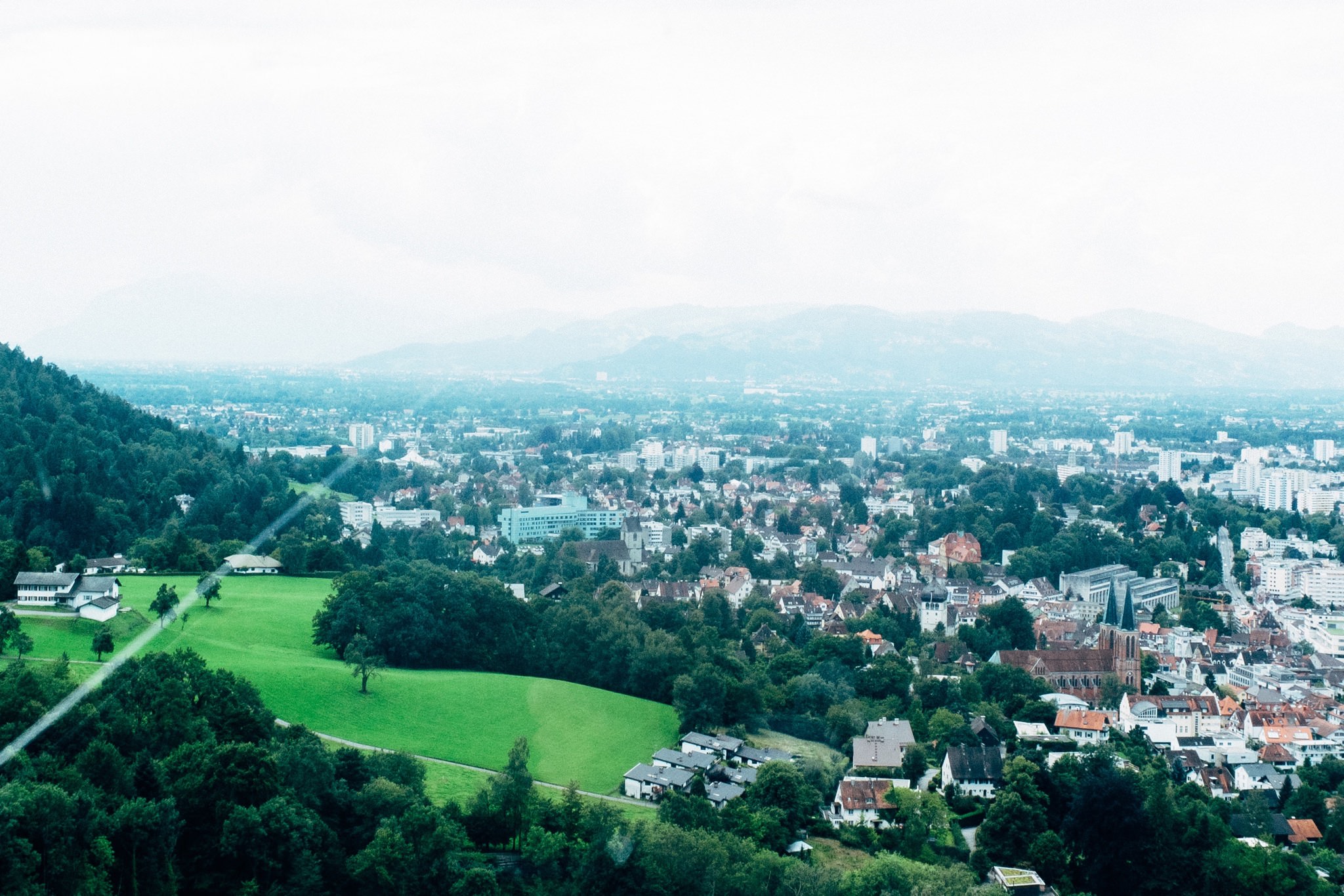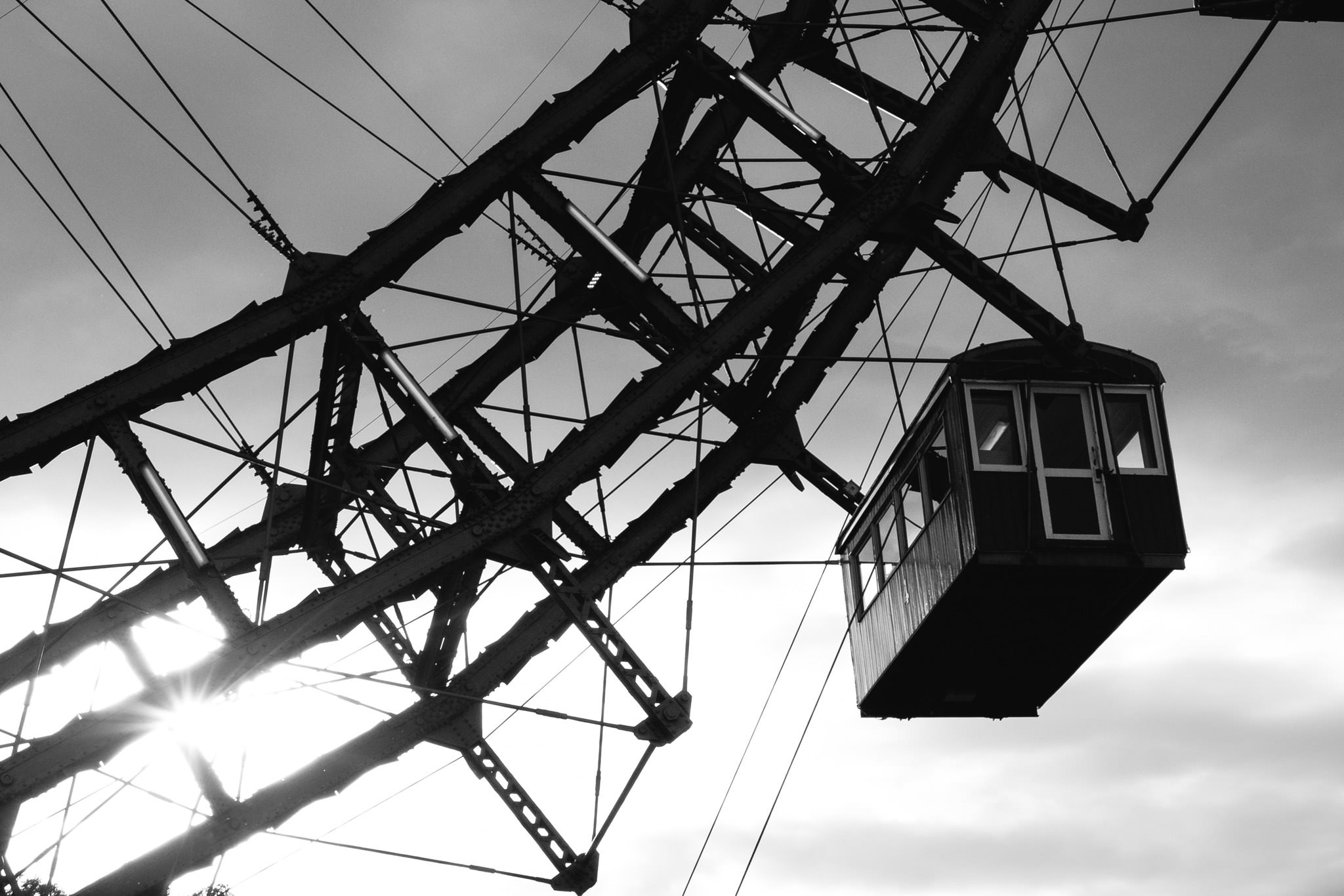Austria, not to be confused with Australia, lies in the heart of Europe. The landlocked country is surrounded by the Czech Republic, Germany, Hungary, Slovakia, Slovenia, Italy, Switzerland and Liechtenstein and is very mountainous, with 68% of the area over 500 meters above sea level.
For a long time in history, Austria was one of the most important centers of power in Europe. From Vienna, also today’s capital, many parts of the European continent were controlled. For instance, the Austro-Hungarian Empire (1867–1918), ruled by the House of Habsburg, included parts of today’s Czech Republic, Poland, Ukraine, Slovakia, Hungary, Romania, Croatia, Slovenia, Italy and Bosnia-Herzegovina.
Austria’s traditional cuisine is influenced by the Austro-Hungarian Empire. Depending on the region, you will find typical dishes, but these are usually very rich and hearty.
One of the most famous dishes is certainly the Wiener Schnitzel. This must consist of a thin and lightly beaten veal cutlet, which is turned into breadcrumbs and fried in a pan in plenty of lard or clarified butter. Usually served with cucumber salad or potato salad.
The surnames of the Austrian people usually go back to occupational titles. The three most popular surnames are Gruber (miner), Huber (land-owning farmer) and Bauer (farmer).


